Sugar Maple: Acer saccharum
Making Maple Syrup with Acer saccharum
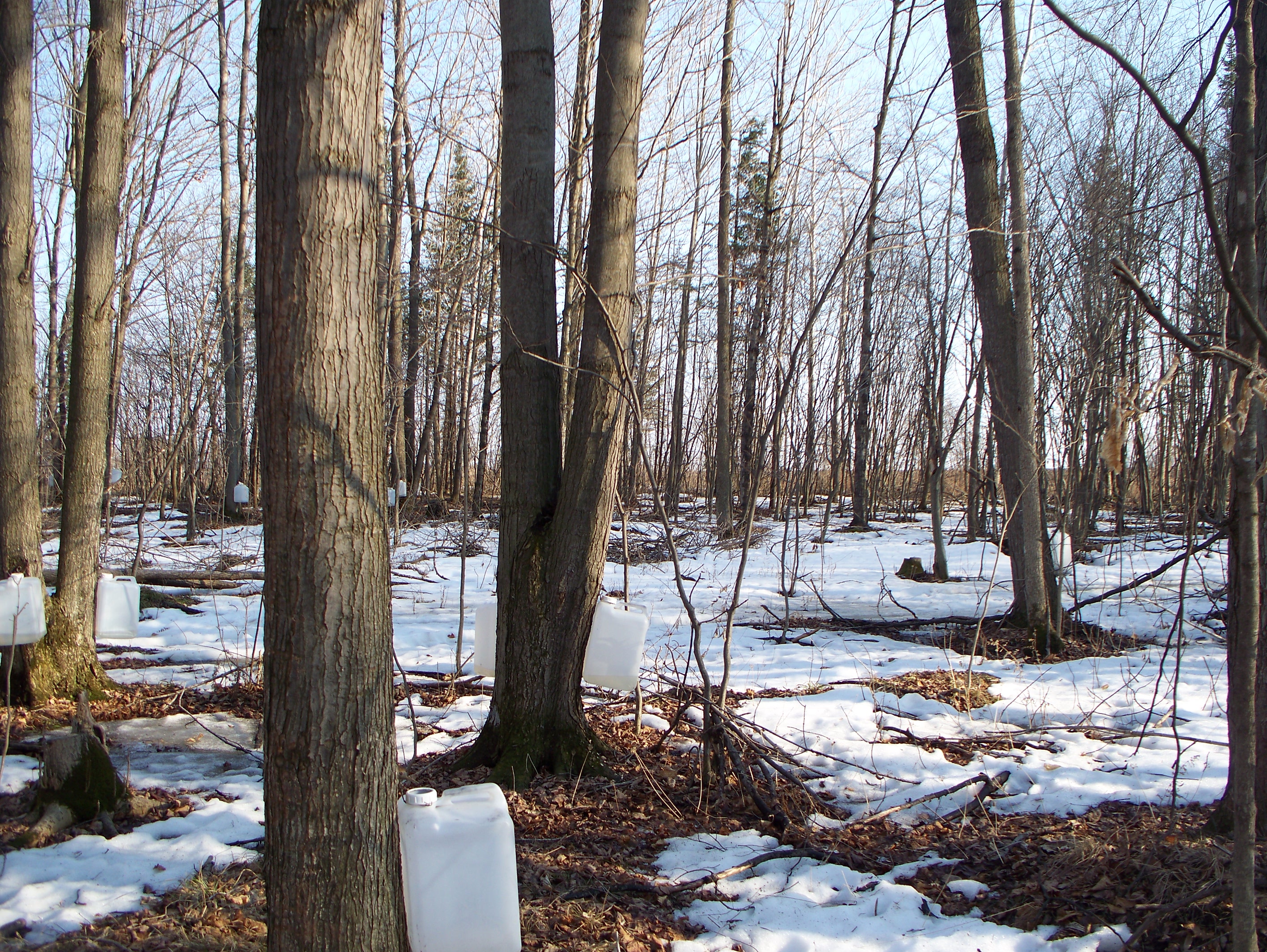
Various species of Maple trees can be tapped
for Maple Syrup, but Acer saccharum is tapped most often because
its sap contains higher sugar content than most other 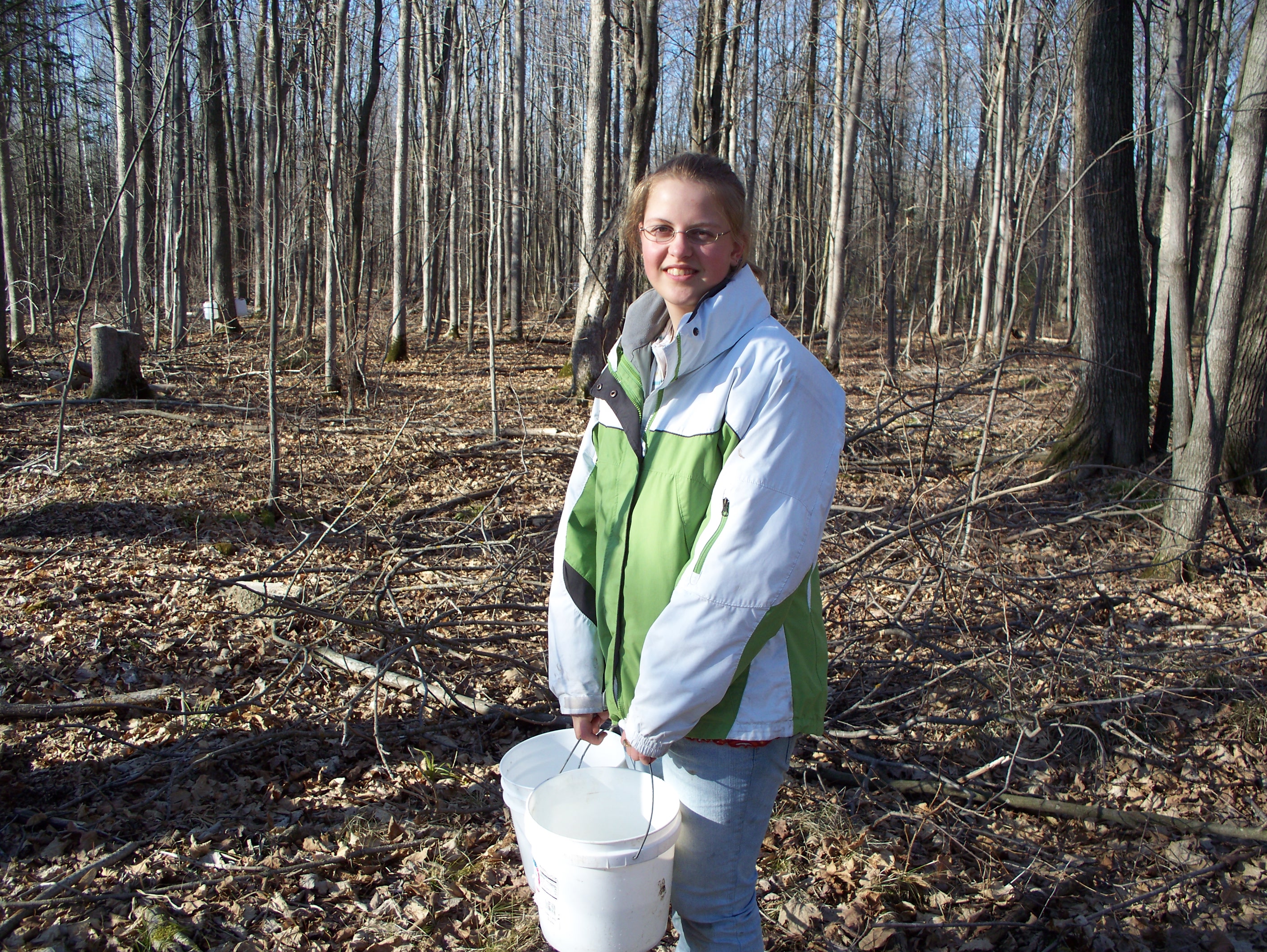
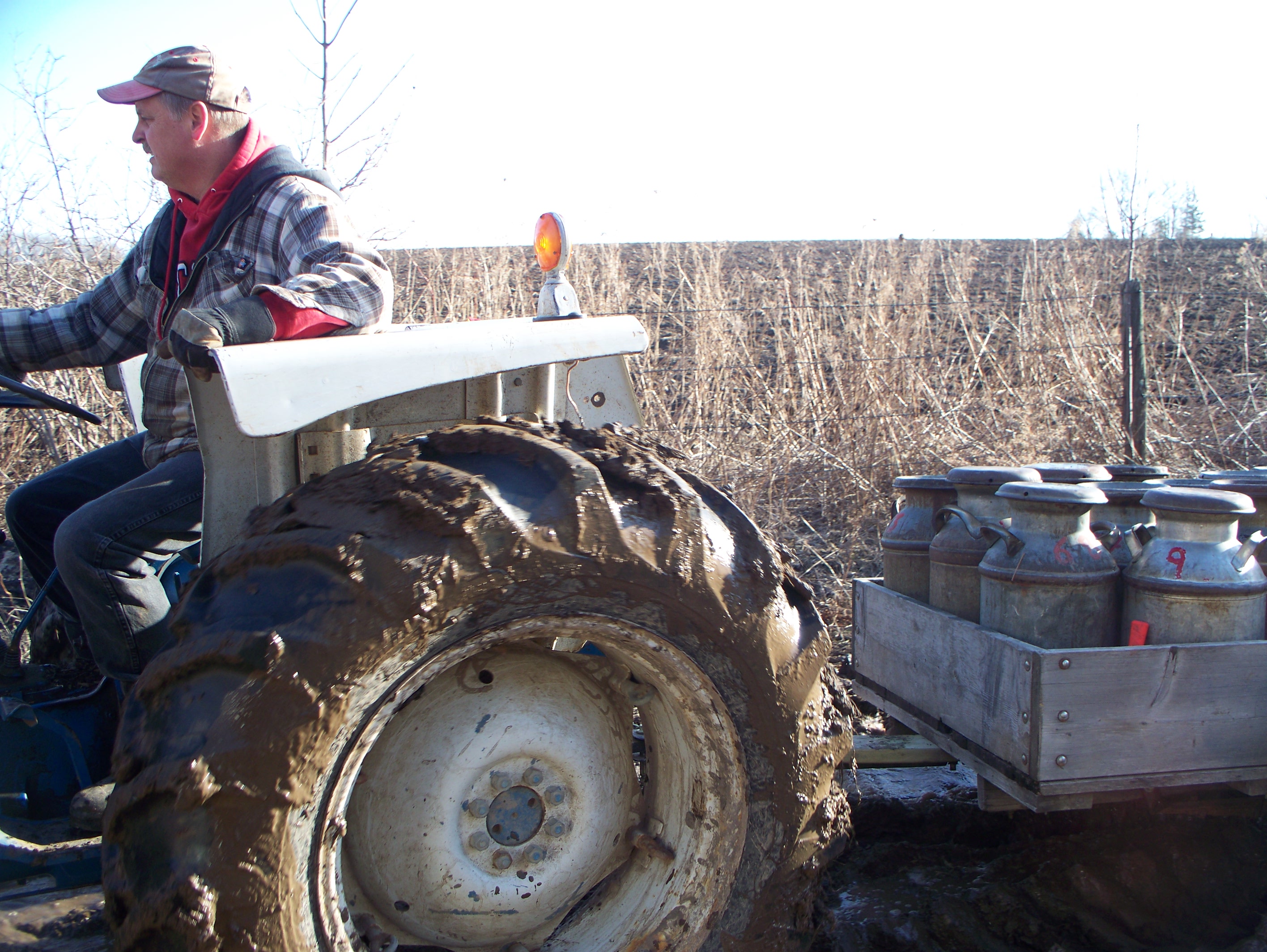 Maple trees are tapped for
Maple Syrup
production early in the spring, with the best Maple Syrup season being
from mid-February to early April depending on the weather. This time of
the year is the best time for Sugar Maple Syrup production because it is
at this time that the tree has sap with the highest sugar content, the
most sap flow, and therefore the most sap can be collected. A single
Sugar Maple tree can produce around 20 gallons of sap during this season.
Maple trees are tapped for
Maple Syrup
production early in the spring, with the best Maple Syrup season being
from mid-February to early April depending on the weather. This time of
the year is the best time for Sugar Maple Syrup production because it is
at this time that the tree has sap with the highest sugar content, the
most sap flow, and therefore the most sap can be collected. A single
Sugar Maple tree can produce around 20 gallons of sap during this season.
Maple trees engage in an interesting
mechanism which results in an increased sap flow during this time of
year. Early in the spring, temperatures rise above freezing during the
day and drop back to below freezing at night. This fluctuation of
temperature
is the reason why there is s o much sap flow during the spring, while the
trees are still dormant. During the day time, when the temperatures are
warmer, pressure builds up in the tree causing sap to flow out of the
tree through the tapped hole. During the night time, when it drops below
freezing again, another form of pressure develops in the tree causing
water to be taken in from the tree's roots. So then when the temperature
gets above freezing again sap will flow once again through the tapped
hole. These pressure developments are the result of various factors
including osmotic pressure, which results from a higher
concentration of sugar being present in the tree than the water from the
ground. The sugar that is present in the sap is the result of the sugars
produced from the leaves in the previous year. When the sugar is
transported to other tissues of the
o much sap flow during the spring, while the
trees are still dormant. During the day time, when the temperatures are
warmer, pressure builds up in the tree causing sap to flow out of the
tree through the tapped hole. During the night time, when it drops below
freezing again, another form of pressure develops in the tree causing
water to be taken in from the tree's roots. So then when the temperature
gets above freezing again sap will flow once again through the tapped
hole. These pressure developments are the result of various factors
including osmotic pressure, which results from a higher
concentration of sugar being present in the tree than the water from the
ground. The sugar that is present in the sap is the result of the sugars
produced from the leaves in the previous year. When the sugar is
transported to other tissues of the
 tree, some can get dissolved in the
sap.
tree, some can get dissolved in the
sap.
This cycling between warm and cool temperatures is essential for a good sap season. If the spring gets too warm, where the temperatures never drop below freezing during the night, sap flow is decreased and therefore less Maple Syrup can be produced that year.
During Maple Syrup production the first step
requires the tapping of your selection of Maple trees. This is
essentially the drilling of a small hole in the tree, which allows Maple
sap to flow out of. When drilling of the hole is complete, a tap can be
placed in the hole, which will facilitate the drainage of sap into
collecting materials. Some individuals use pails or bags to collect the
sap, others use tube systems. Tapping of the Maple tree, while can be
perceived as harmful to the tree, is not harmful at all. As long as
healthy trees, measuring at least 10 to 12 inches in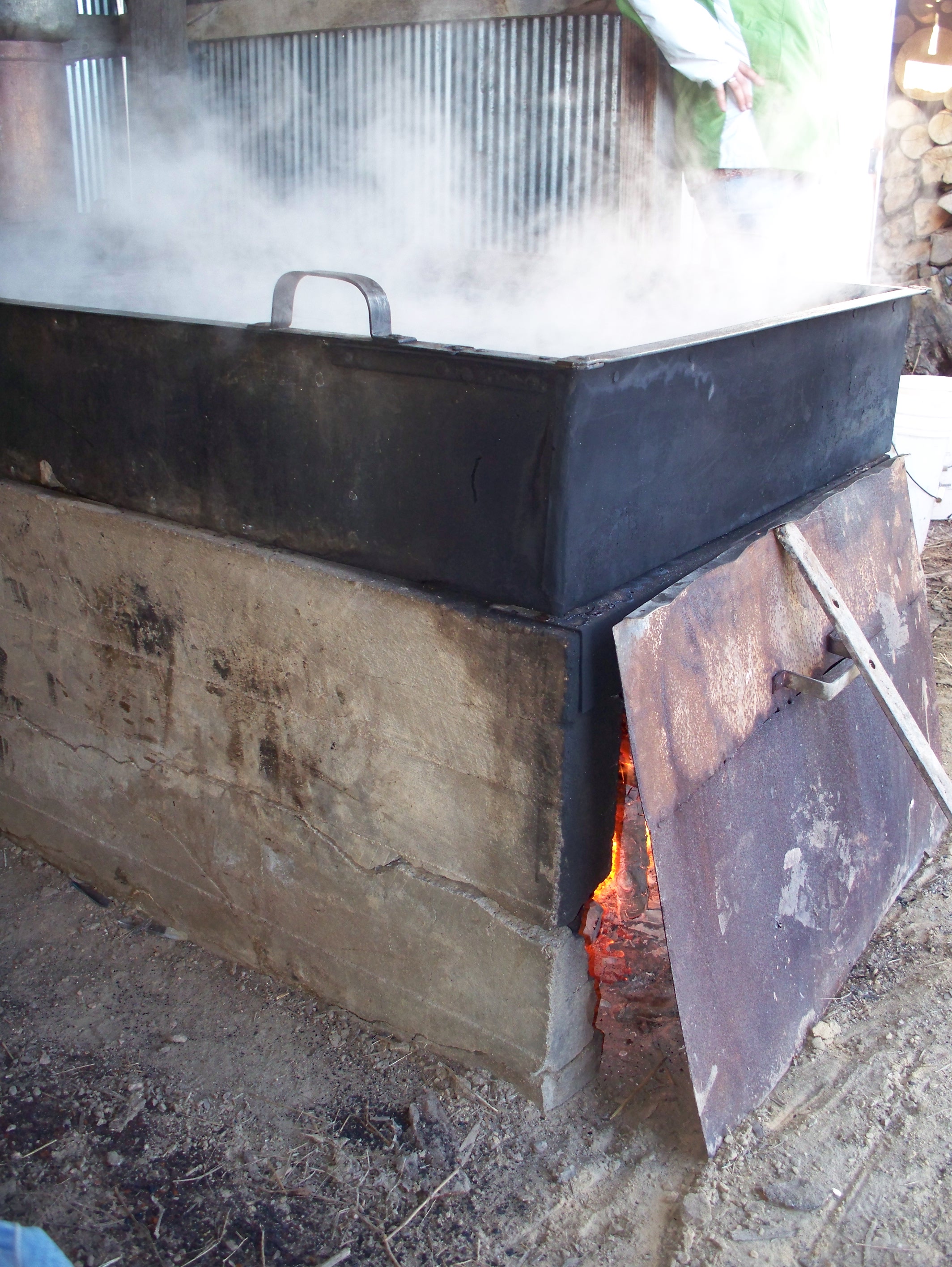 diameter are
tapped, no damage will result. Tapping only removes approximately 10% of
the tree’s sugar which is an insignificant amount to do any lasting
damage. The tree is also successful at replacing the drilled hole with
new tissue as long as the tree is healthy.
diameter are
tapped, no damage will result. Tapping only removes approximately 10% of
the tree’s sugar which is an insignificant amount to do any lasting
damage. The tree is also successful at replacing the drilled hole with
new tissue as long as the tree is healthy.
Ideally collection of sap is done every day
because one tree can produce anywhere from a quart to a few gallons of
sap in one day. While sap is being collected some
individuals will
choose to filter the sap before Maple Syrup production. This aids in the
removal of debris and insects from the sap. It is also important after
collecting to not let the sap sit for too long without making it into
Maple Syrup because the sap’s sugar content makes it an ideal
environment for bacteria and fungi to grow in. So, it is important to
boil down the sap as soon as possible after collecting to prevent this
from happening. 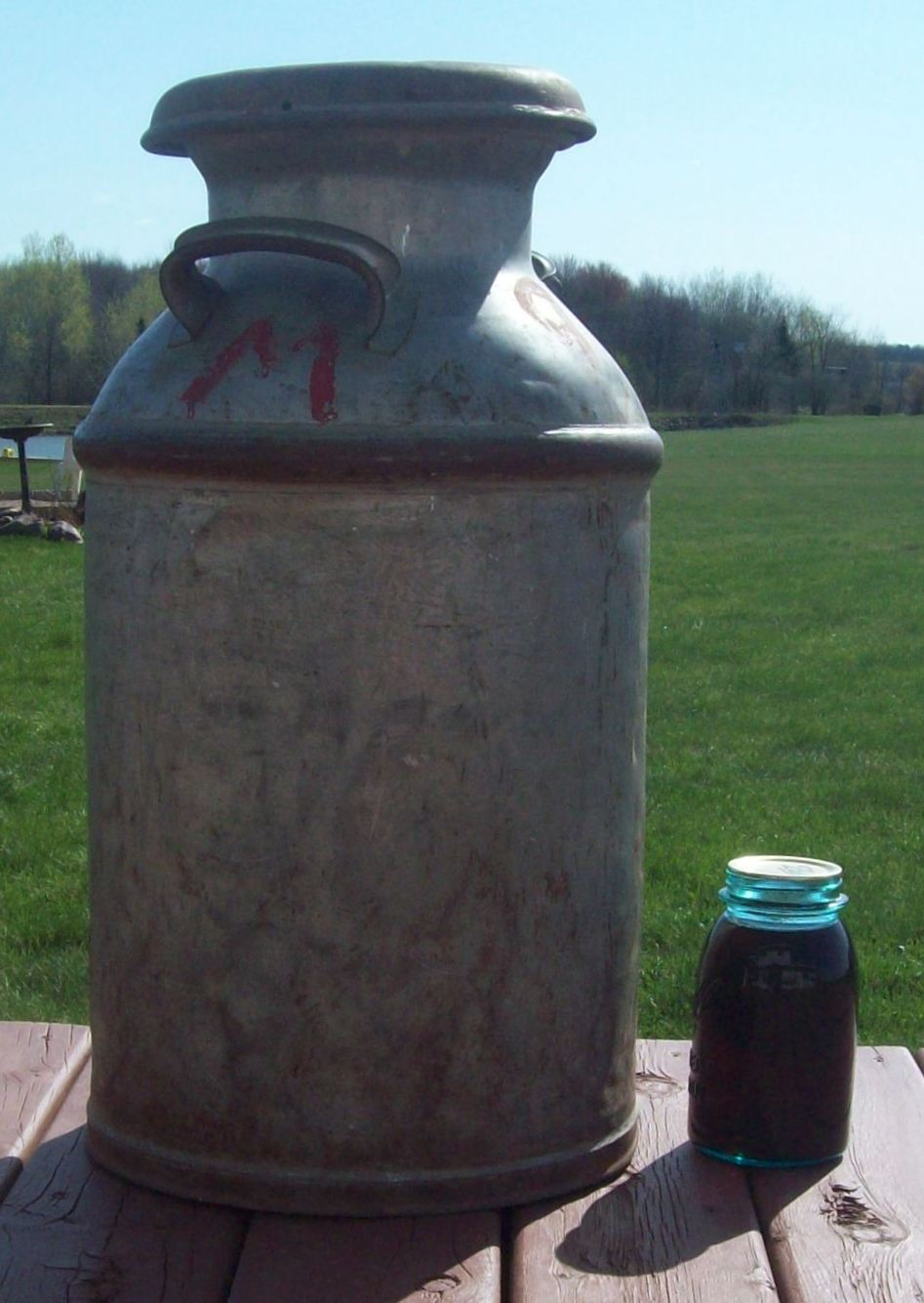
Interestingly it requires a lot of Maple sap
to make Maple Syrup. It has been estimated that it requires
approximately 40 gallons of sap to produce just one gallon of Maple
Syrup. This means that a ten gallon milk can filled with sap will
produce only one quart of Maple Syrup. Tree sap is approximately 2%
sugar and 98% water, whereas the final Maple Syrup product is
approximately 67% sugar and 33% water. This means that a lot of water
needs to be evaporated or boiled off the sap to get our final product.
This method can be done in various ways at varying complexities. The
simplest method is done with a large pan and an open fire. Sap is added
to the large pan and then boiled down to the desired sugar content.
In order to legally sell Maple Syrup, it must
have a sugar content of at least 66%. The optimum sugar content ranges
from 66.5% to 67.5%. This is a very small percentage range and therefore
sap must be cooked down carefully to prevent the Syrup from being too
thick, in which crystals will form when stored, or from being too thin, in which the Syrup can be conceived as sour.
Sap typically reaches 67% sugar content when
its temperature reaches 219ºF. A thermometer therefore can be used to
determine the relative sugar content of the Maple Syrup. The sap is
allowed to boil down to Syrup until it reaches a temperature of 219ºF
and then the Syrup is quickly removed before it is allowed to boil down
any further.
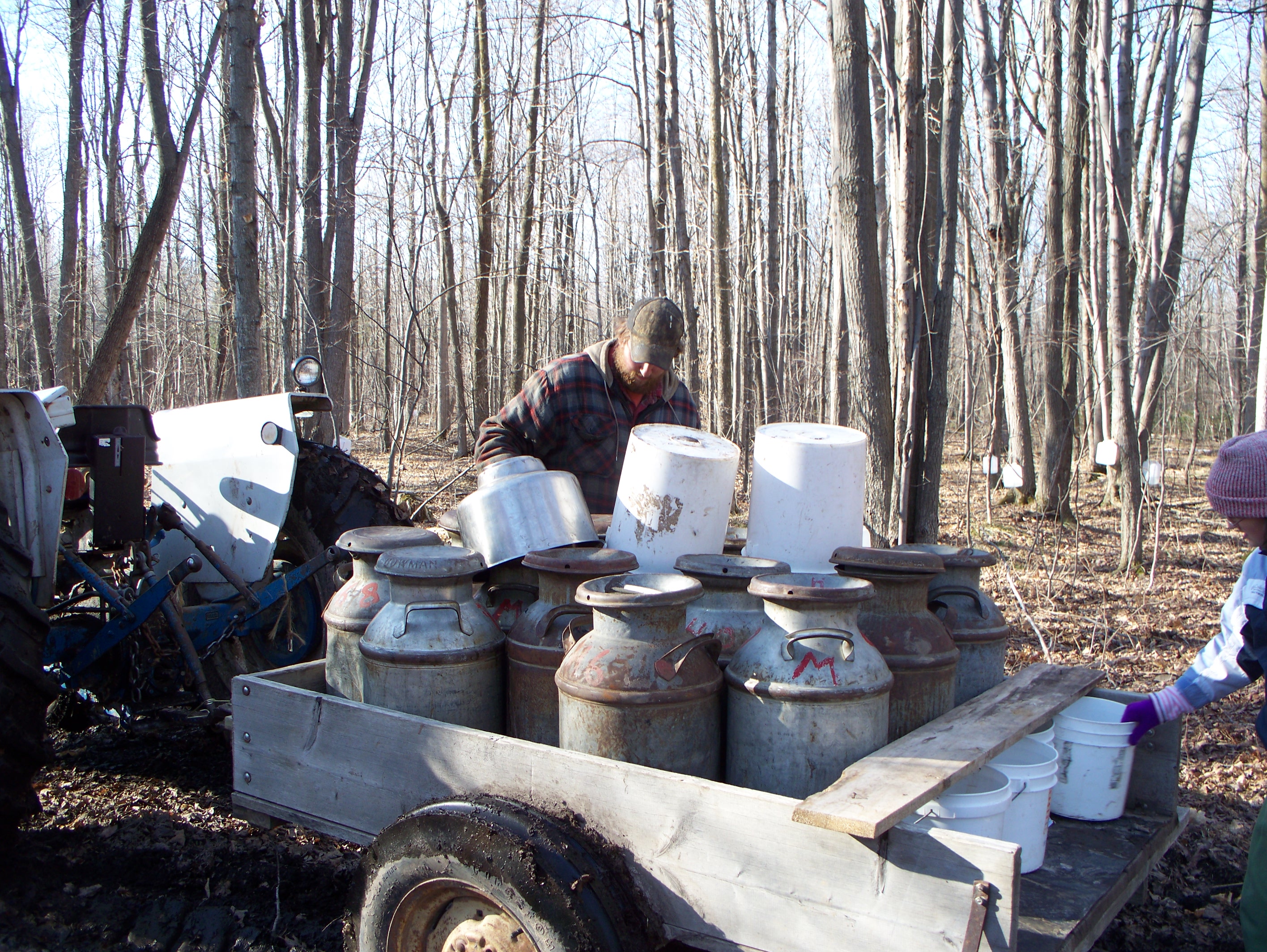 Another common method of measuring sugar
content of Maple Syrup takes advantage of a hydrometer. A hydrometer is
an instrument used to measure the relative density of a liquid. The more
dense the liquid is, the more sugar it contains. Using a hydrometer is
relatively simple and determining the density of the Maple Syrup can be
done within seconds. First the Maple Syrup is poured into a container.
Then the hydrometer is lowered into the Syrup and it will sink some and
then begin to float more or less depending on the density of the liquid.
Another common method of measuring sugar
content of Maple Syrup takes advantage of a hydrometer. A hydrometer is
an instrument used to measure the relative density of a liquid. The more
dense the liquid is, the more sugar it contains. Using a hydrometer is
relatively simple and determining the density of the Maple Syrup can be
done within seconds. First the Maple Syrup is poured into a container.
Then the hydrometer is lowered into the Syrup and it will sink some and
then begin to float more or less depending on the density of the liquid.
Along the hydrometer’s stem are various numbers whose meaning depends on the scale. For most hydrometers a common scale is that of degrees Brix (ºBx). This scale tells the percent sugar content of the liquid. Therefore, one ºBx is equal to 1% sugar content. This scale though does depend on the temperature of the liquid at the time of measurement. If the temperature of the Syrup is at room temp or about 68ºF (20ºC) the observed Brix value displays the true sugar content value. However, while the sap is being boiled down, its temperature will be well above 68ºF (20ºC) and therefore will be thinner and measurement will give a falsely low sugar content.
Most hydrometers made for Syrup production
are made containing the Brix scale with a Hot test reference line and a
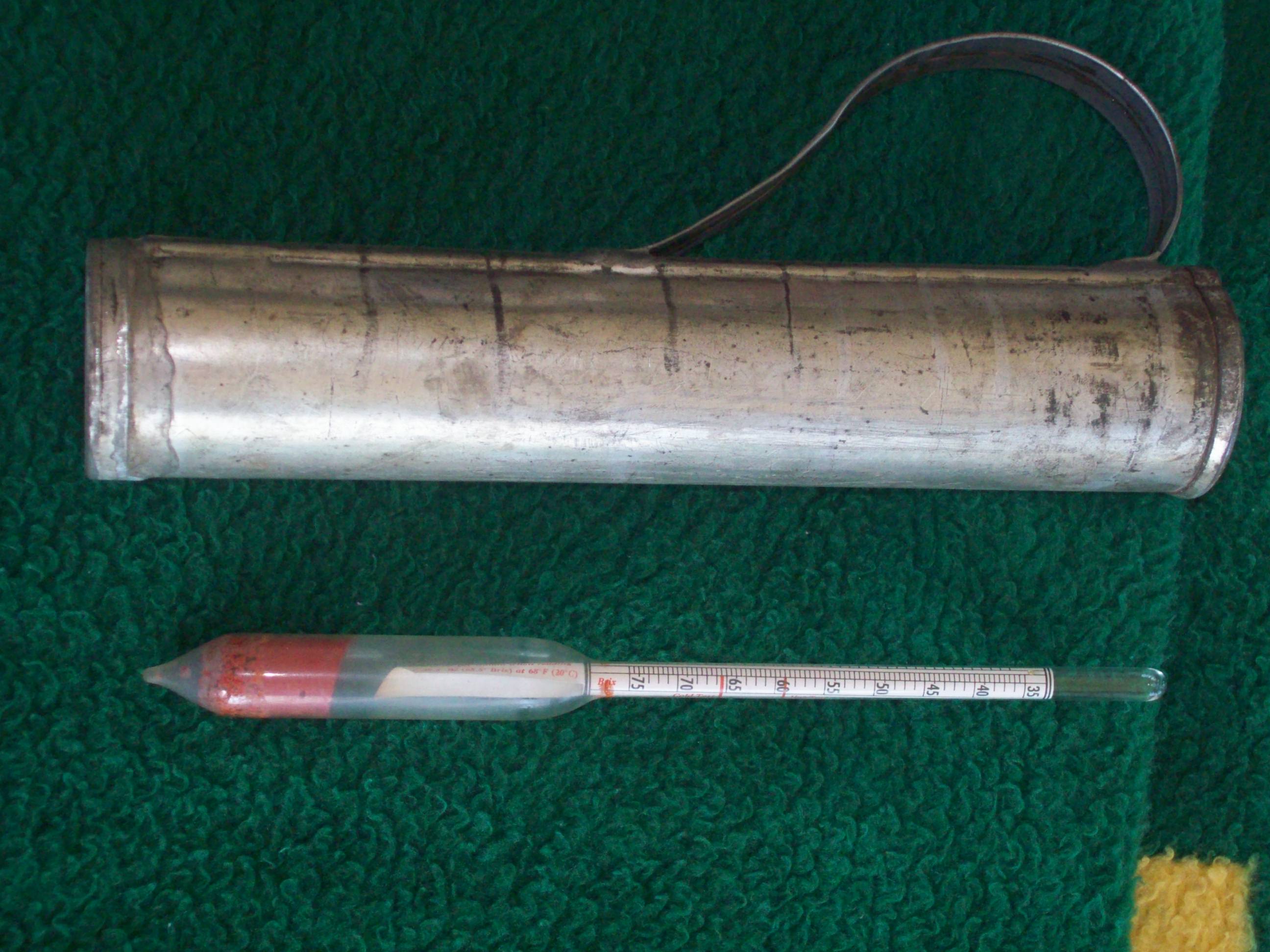 Cold test reference line. The Hot test reference line is the line that
one will use if the syrup is being tested while above room temperature
(typically close to boiling temperature). The Cold test reference line
is used when the Syrup being measured has a temperature close to room
temperature. So, once the hydrometer is lowered into the liquid, the
number read off the instrument, that is at the level of the liquid,
represents the specific gravity or density of the liquid. The Brix
number for the Hot test is around 59 ºBx and the Cold test value (the
true value) is around 66 ºBx.
Cold test reference line. The Hot test reference line is the line that
one will use if the syrup is being tested while above room temperature
(typically close to boiling temperature). The Cold test reference line
is used when the Syrup being measured has a temperature close to room
temperature. So, once the hydrometer is lowered into the liquid, the
number read off the instrument, that is at the level of the liquid,
represents the specific gravity or density of the liquid. The Brix
number for the Hot test is around 59 ºBx and the Cold test value (the
true value) is around 66 ºBx.
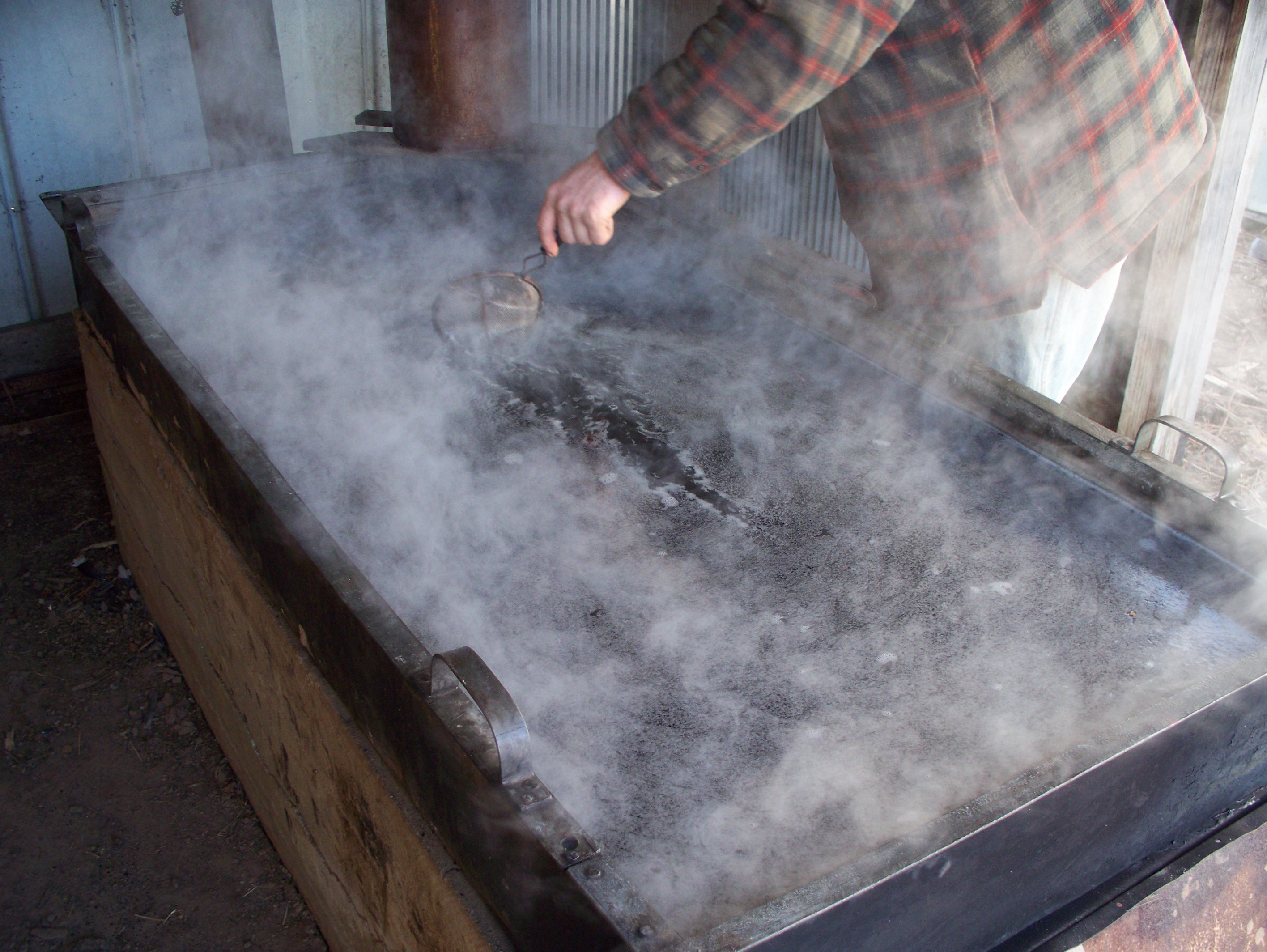 When the Syrup has reached the proper
temperature and density it can now must be taken off the heat to prevent
further boiling. The Syrup can then be transferred to containers for
storage. First, though, the Syrup must be filtered to remove any extra
debris called "sugar sand". Now you have your completed product to enjoy over a nice stack
of pancakes! To learn more about the chemistry behind Maple Syrup
click
here.
When the Syrup has reached the proper
temperature and density it can now must be taken off the heat to prevent
further boiling. The Syrup can then be transferred to containers for
storage. First, though, the Syrup must be filtered to remove any extra
debris called "sugar sand". Now you have your completed product to enjoy over a nice stack
of pancakes! To learn more about the chemistry behind Maple Syrup
click
here.
Have any questions regarding the webpage or just want to learn a little more about the person responsible? Check out the About Me page.
To return to the Acer saccharum Homepage click here.